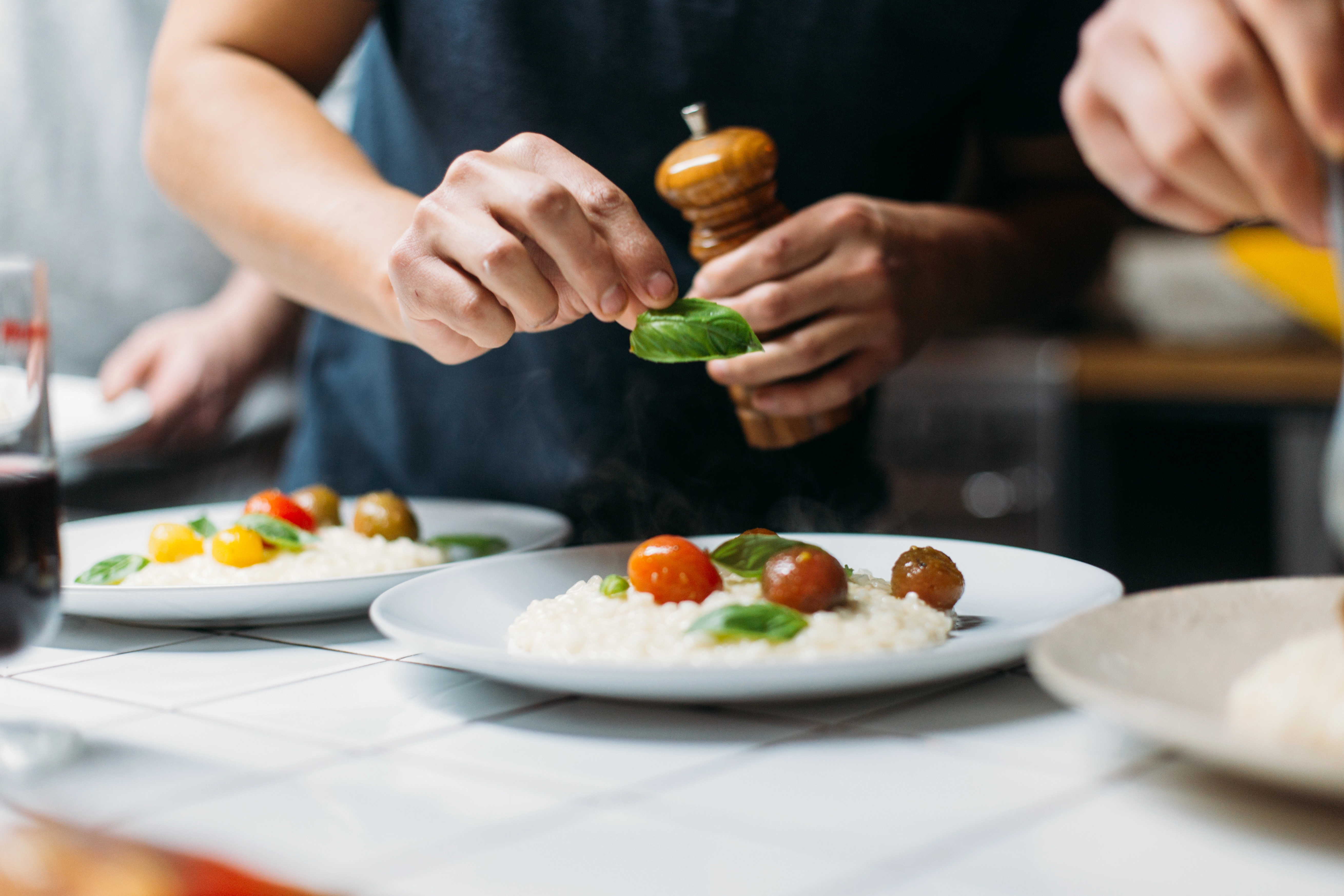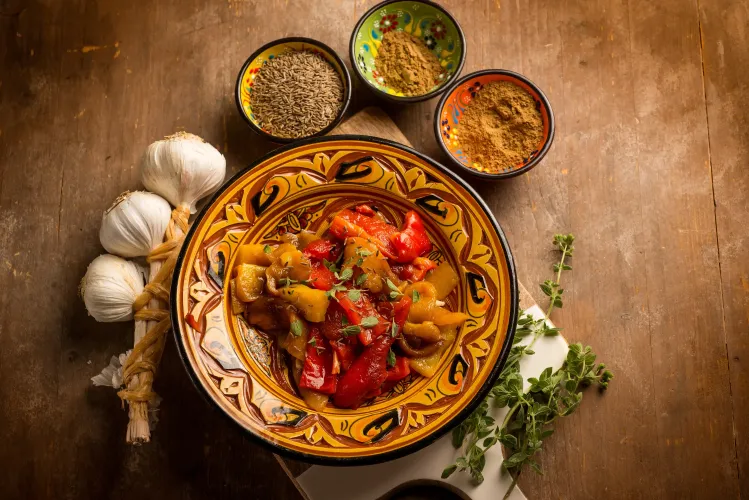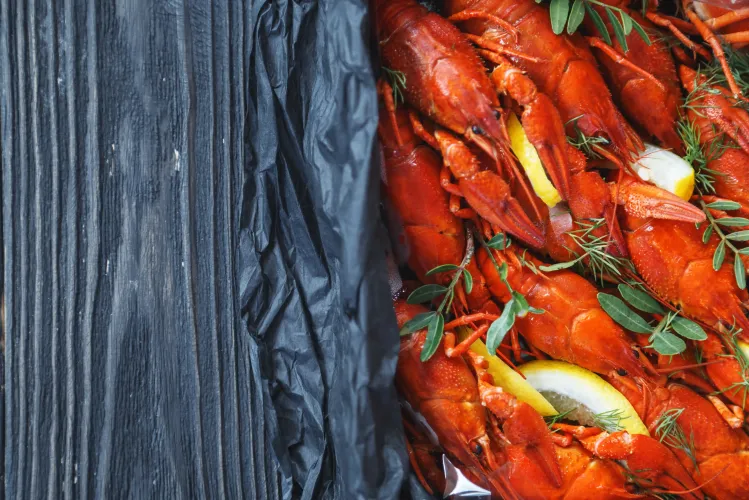Do you ever feel lost while checking a recipe book? While going through long list of ingredients and unfamiliar terms. Did you felt confused to understand where to start? Don't worry, you're not alone! The truth is, becoming a confident and creative cook starts with mastering a few basic techniques. Mastering a few essential culinary techniques is the key to unlocking delicious and satisfying meals. This article is your guide to mastering the basics, transforming your kitchen from a battleground to a place of culinary creation.
Sharpen Your Skills: Knife Safety and Technique
A sharp knife is your best friend in the kitchen. Not only does it make chopping and slicing safer, but it also allows for cleaner cuts, which can significantly improve the texture and presentation of your food. Invest in a good-quality chef's knife and learn proper cutting techniques. There are many resources available online and in libraries to help you master knife skills.
The key is to prioritize safety. Learn how to hold your knife correctly and keep your fingers out of harm's way. With a little practice, you'll be a knife-wielding pro in no time!
The Art of Seasoning: Bringing Out the Best in Your Food
Seasoning is the magic that transforms bland ingredients into flavorful masterpieces. Salt, pepper, and herbs are your essential tools. Salt enhances natural flavors, while pepper adds a touch of heat. Herbs like rosemary, thyme, and basil bring depth and complexity.
Learn the art of "tasting as you go." Season your food in small increments throughout the cooking process. This allows you to fine-tune the flavor profile and avoid over-seasoning, which can ruin a dish.
Experiment with different herbs and spices to discover flavor combinations that tantalize your taste buds. Don't be afraid to get creative!
Heat Control: Mastering the Flame
Understanding how to control heat is crucial for successful cooking. Whether you're searing a steak or simmering a sauce, using the right temperature is essential.
A good quality stovetop with adjustable burners is key. Learn the different heat settings – low, medium, high – and how they affect your food.
Low heat is ideal for slow cooking, simmering soups and stews, or melting chocolate.
Medium heat is perfect for sautéing vegetables, browning meat, or cooking pasta.
High heat is best for searing steaks, stir-frying, or boiling water quickly.
Investing in a good quality kitchen thermometer can also be a helpful tool, especially when cooking meat to a specific temperature.
Cooking Methods 101: A Culinary Toolkit
There are various cooking methods that unlock a world of culinary possibilities. Here's a quick introduction to some essential techniques:
Sautéing: This involves cooking food quickly in a hot pan with a little oil. It's perfect for vegetables, meats, and seafood.
Simmering: This slow and gentle cooking method is ideal for soups, stews, and braising tougher cuts of meat.
Baking: This dry-heat method uses an oven to cook a variety of dishes, from breads and pastries to casseroles and roasted vegetables.
Boiling: This involves cooking food in a pot of boiling water. It's a great way to cook pasta, potatoes, and vegetables.
As you gain experience, you can explore more advanced techniques like grilling, poaching, and frying.
Presentation Power: Plate Like a Pro
While taste is king, presentation shouldn't be overlooked. A beautifully plated dish is visually appealing and adds to the overall dining experience.
Here are some simple tips for plating like a pro:
Use the right plate size: Don't crowd your food!
Play with color and texture: Create a visually interesting plate by using contrasting colors and textures.
Less is more: Don't overwhelm your guests with too much garnish. A simple sprig of fresh herbs or a drizzle of sauce can go a long way.
Remember, plating is about showcasing your culinary creation, not hiding it. With a little practice, you'll be plating restaurant-worthy dishes in no time!
Mastering the basics of culinary technique is an exciting journey. With these tips as your guide, you'll be well on your way to transforming your kitchen into a place of culinary creation. So, grab your favorite knife, fire up the stove, and get ready to cook up a storm!


 (1) (1)_thumb_500px.webp)

